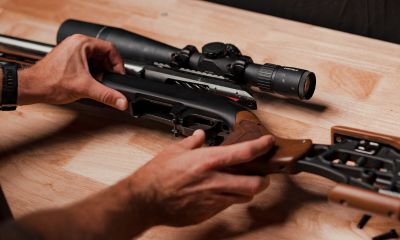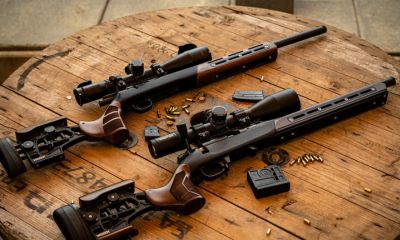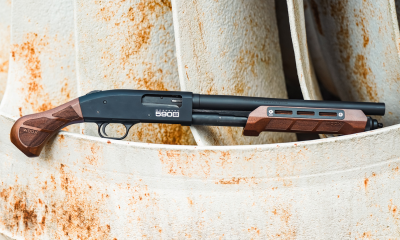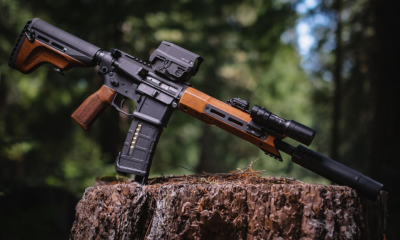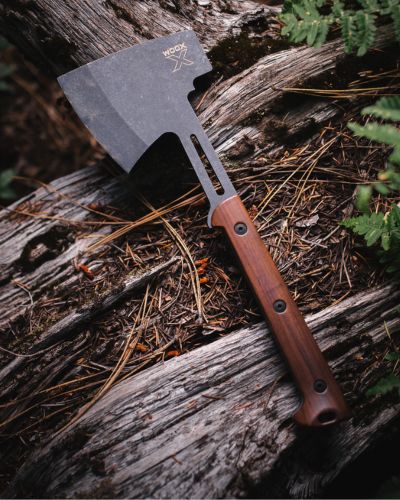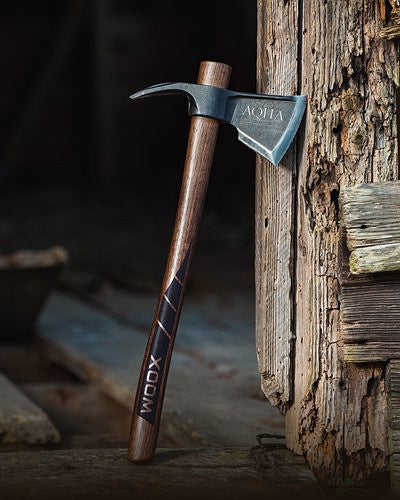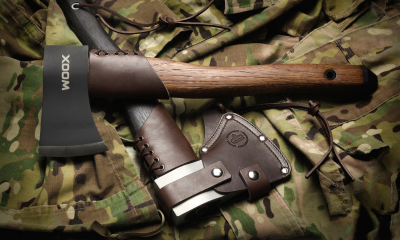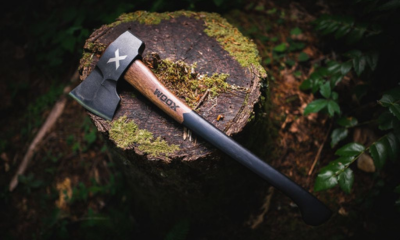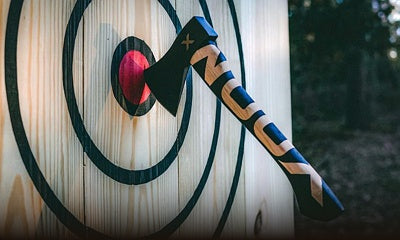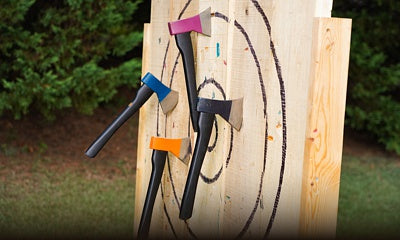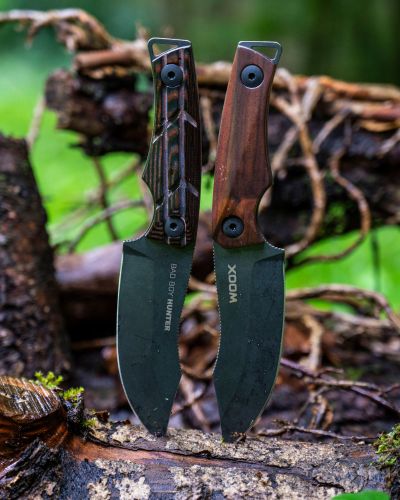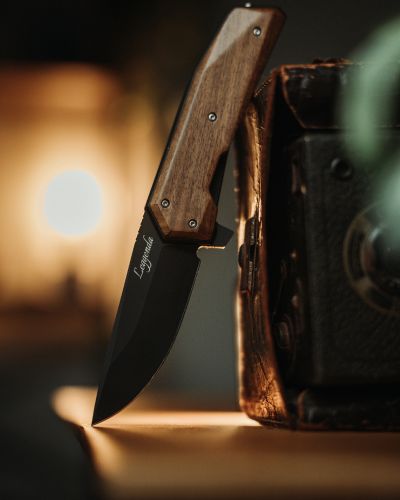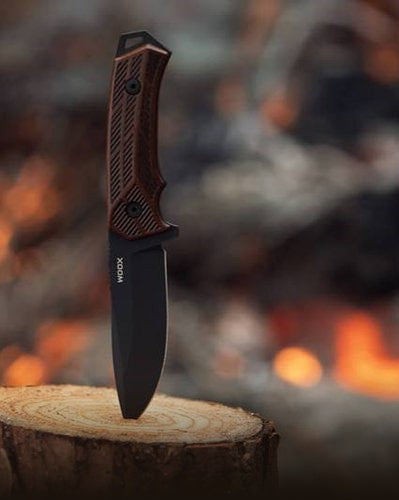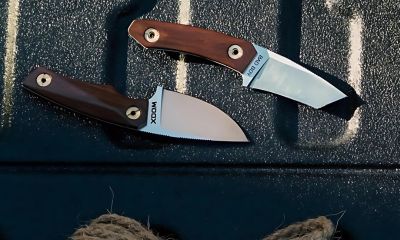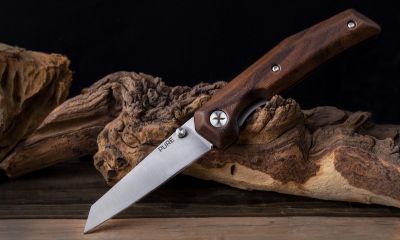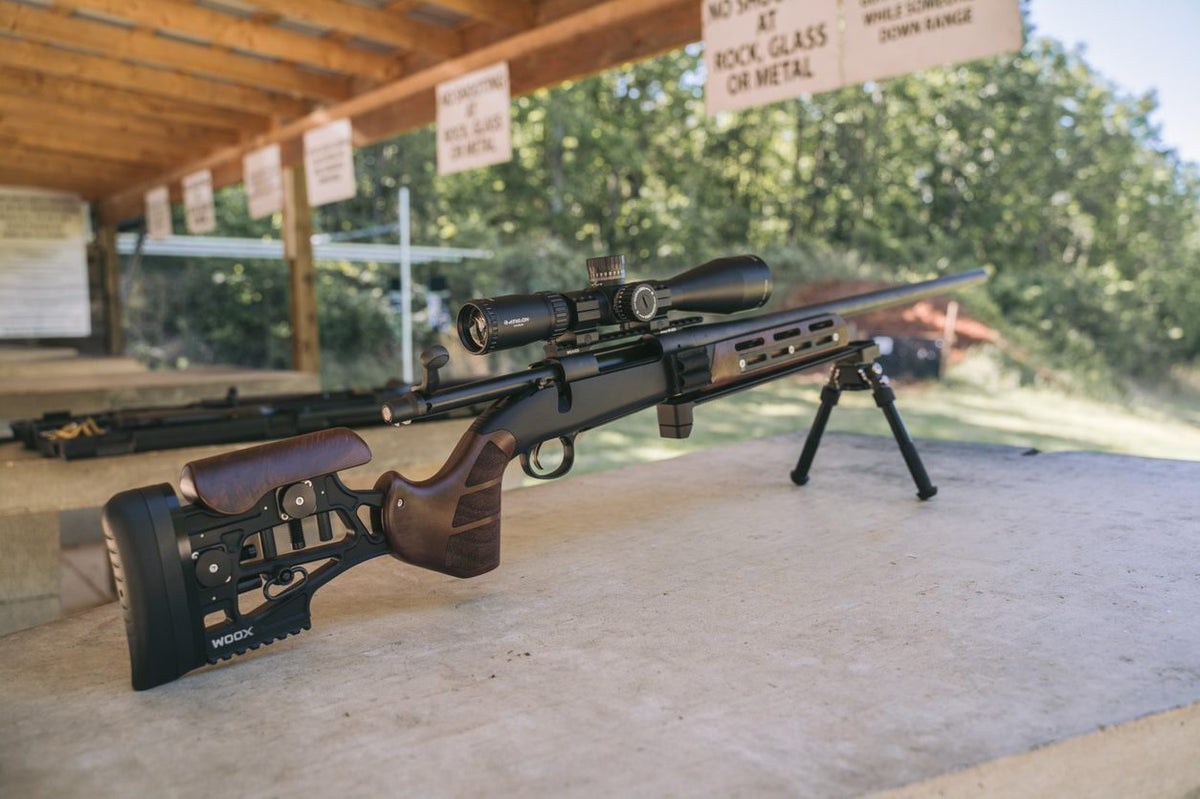

5+1 Essential Checks to Maximize Your Rifle's Precision
Achieving maximum accuracy with a rifle involves several factors, from the equipment used to the shooter's technique. Here's a list of checks you can run on your rifle to ensure it is set up for maximum accuracy:
MOA - WHAT IT IS, AND HOW TO USE IT TO ZERO YOUR RIFLE.
READ MORERifle Barrel & Crown Inspection
Crown: Check the muzzle crown (the end of the barrel) for any nicks, dings, or imperfections. A damaged crown can affect the even release of gases as the bullet exits, which can lead to inaccuracy.
Bore: Use a bore light or bore scope to inspect the inside of the barrel for any pitting, fouling, or obstructions. Clean the barrel regularly to maintain its accuracy.
Stock and Bedding
Ensure that the rifle's action is properly bedded to the stock. This means there should be an even and consistent contact between the rifle action and the stock. A floating barrel (where the barrel doesn’t make contact with the stock) is usually preferred for accuracy. Check for any loose screws or parts in the stock and action. The action screws should be torqued to the manufacturer's recommended settings.
Scope and Mounts

Check the scope mounts and rings to ensure they are tight and properly aligned. A misaligned or loose scope can significantly throw off accuracy. Ensure the scope itself is functioning properly. Check for reticle alignment, parallax adjustments, and that the adjustments (windage and elevation) are working correctly.
Ammunition
Use consistent and high-quality ammunition. Different brands and types of ammo can have varying results in terms of accuracy. It's a good idea to test several types to see which one your rifle prefers. For the utmost accuracy, many shooters handload their ammunition, which allows for the fine-tuning of bullet, powder, primer, and seating depth to match the rifle's specific
Rifle Action and Trigger
Ensure that the action is clean and working smoothly. This includes checking the bolt, bolt face, and chamber. Check the trigger. A crisp, clean-breaking trigger with no creep or over-travel can greatly enhance accuracy. Many precision shooters prefer a lighter trigger pull, but it's essential to balance this with safety considerations.

In addition to these checks, regular maintenance and cleaning are crucial. Always check the rifle after any event (e.g., dropping it) that might affect its zero or alignment.
step-by-step guide on how to properly maintain and clean your rifle
Safety First:
Ensure the rifle is unloaded. Remove the magazine if it's detachable.
Check the chamber to ensure no round is loaded.
Place the ammunition away from your cleaning area to prevent any accidental loading.
Disassembly:
Follow your rifle's manual for proper disassembly instructions. For most rifles, basic field stripping (taking apart the main components) is sufficient for regular cleaning.
Avoid full disassembly unless necessary or if you're familiar with the process.
Cleaning the Barrel:
Begin with the breech end of the barrel if possible (to prevent damage to the muzzle crown).
Apply a bore solvent to a cleaning patch and run it through the barrel using a cleaning rod.
Let the solvent sit for a few minutes (as per the product's directions).
Attach a bore brush to the cleaning rod and run it through the barrel multiple times to scrub the bore.
Push clean patches through the barrel until they come out clean. If you start with a wet patch of solvent, follow up with dry patches.
Finish by applying a light coat of gun oil on a patch and running it through the barrel to prevent rust.
Cleaning the Bolt:
Wipe down the bolt with a solvent-soaked rag or patch.
Use a brush to scrub any hard-to-reach areas and remove fouling or residue.
Wipe it down with a dry rag and apply a light coat of oil.
Cleaning the Action and Chamber:
Apply a small amount of solvent to a rag or brush and scrub the action and chamber areas.
Use Q-tips or specialty tools to reach tight areas.
Wipe everything down with a dry rag and apply a thin coat of oil.
Cleaning the Trigger Mechanism:
This area doesn't usually need deep cleaning as often as others. A light brush-off and a small amount of lubrication (be cautious as over-lubrication can attract dirt) will usually suffice.
Cleaning the Magazine:
Disassemble the magazine as per the manufacturer's instructions.
Wipe down all parts and springs with a solvent-soaked rag.
Reassemble after all parts are dry.
Inspecting the Rifle:
While cleaning, always check for wear, broken parts, or anything that seems out of the ordinary. Regular inspection can prevent potential failures in the field.
Reassembly:
After all parts are cleaned and lightly oiled, reassemble the rifle according to the manufacturer's instructions.
Storage:
Store the rifle in a cool, dry place. Avoid storing it in gun cases that retain moisture, as this can lead to rust.
Use gun safes or cabinets with dehumidifiers if you live in humid areas.
Remember, always read your rifle's user manual as it might have specific cleaning and maintenance recommendations. Also, avoid using excessive oil, as it can attract dirt and debris, leading to malfunctions. Regular maintenance, even if you haven't fired the rifle, is essential, especially if it's stored for long periods.

Lastly, remember that the shooter's technique, experience, and conditions (like wind, temperature, and humidity) play a significant role in rifle accuracy. Regular practice and training can help in achieving consistent and maximum accuracy.



